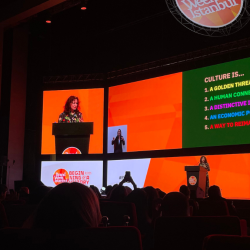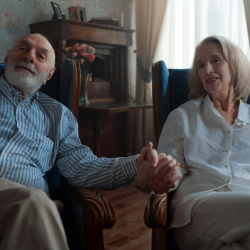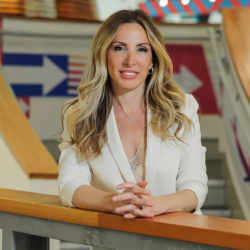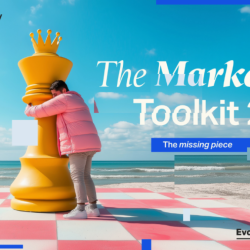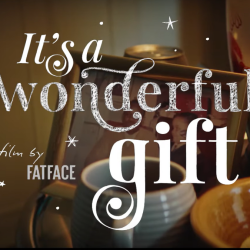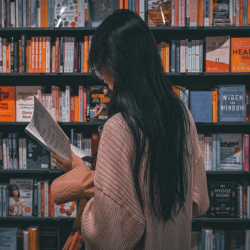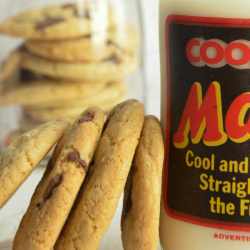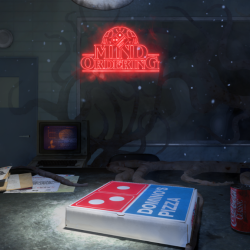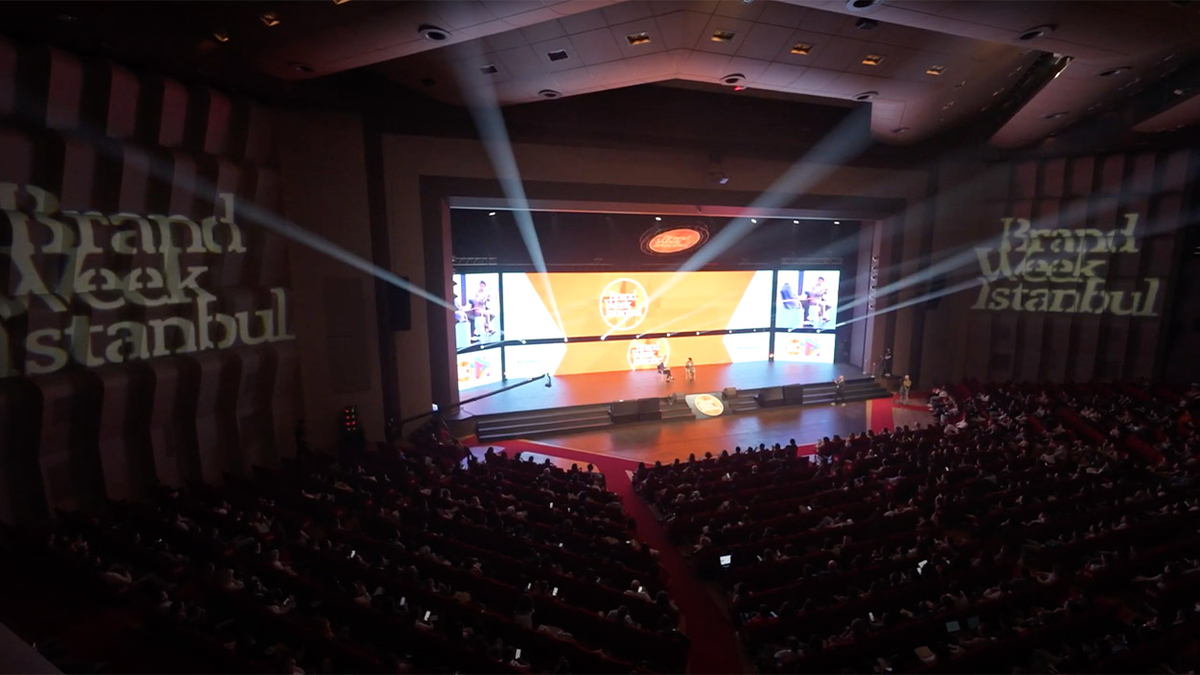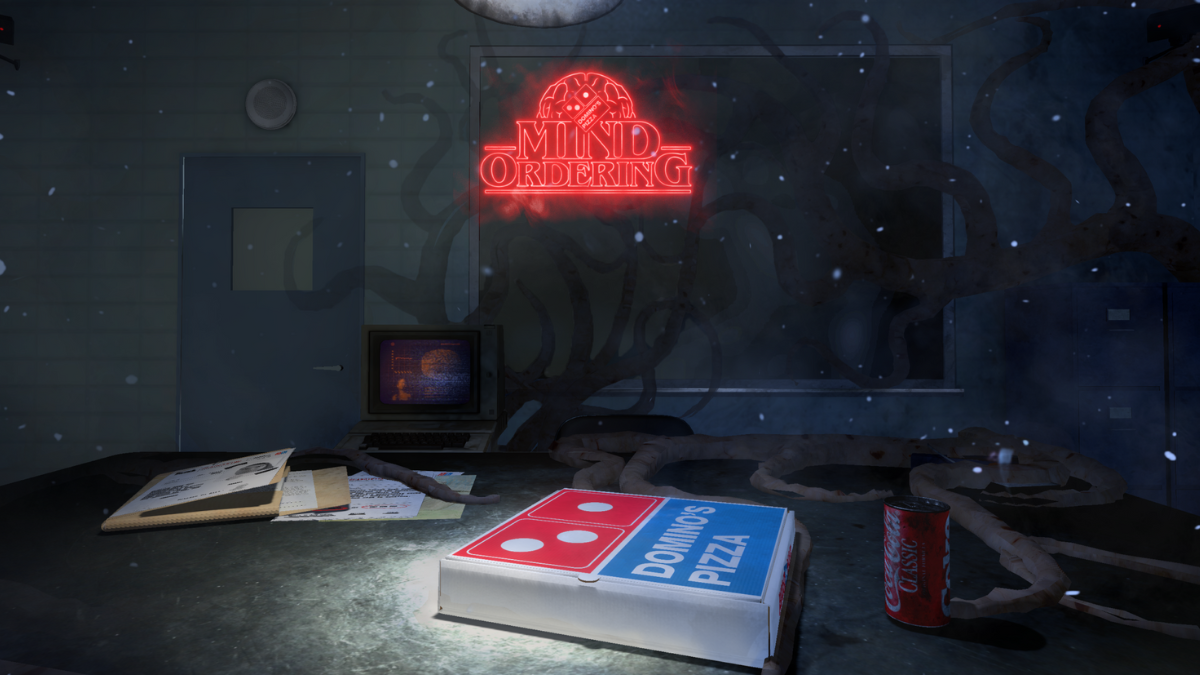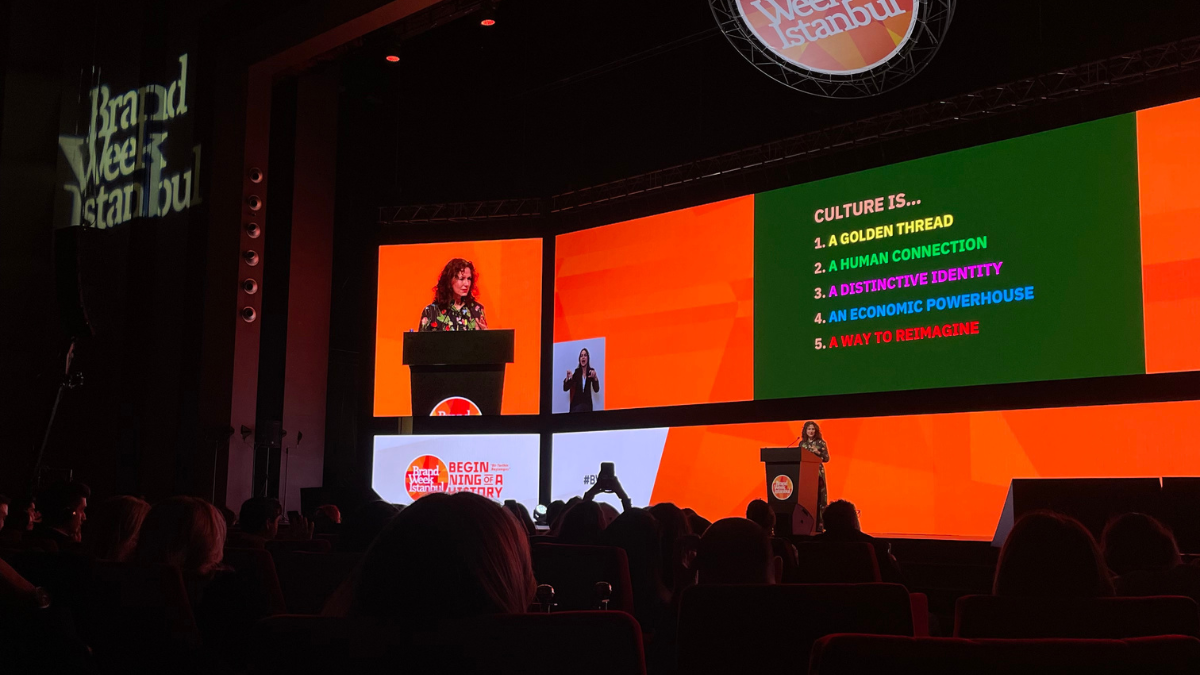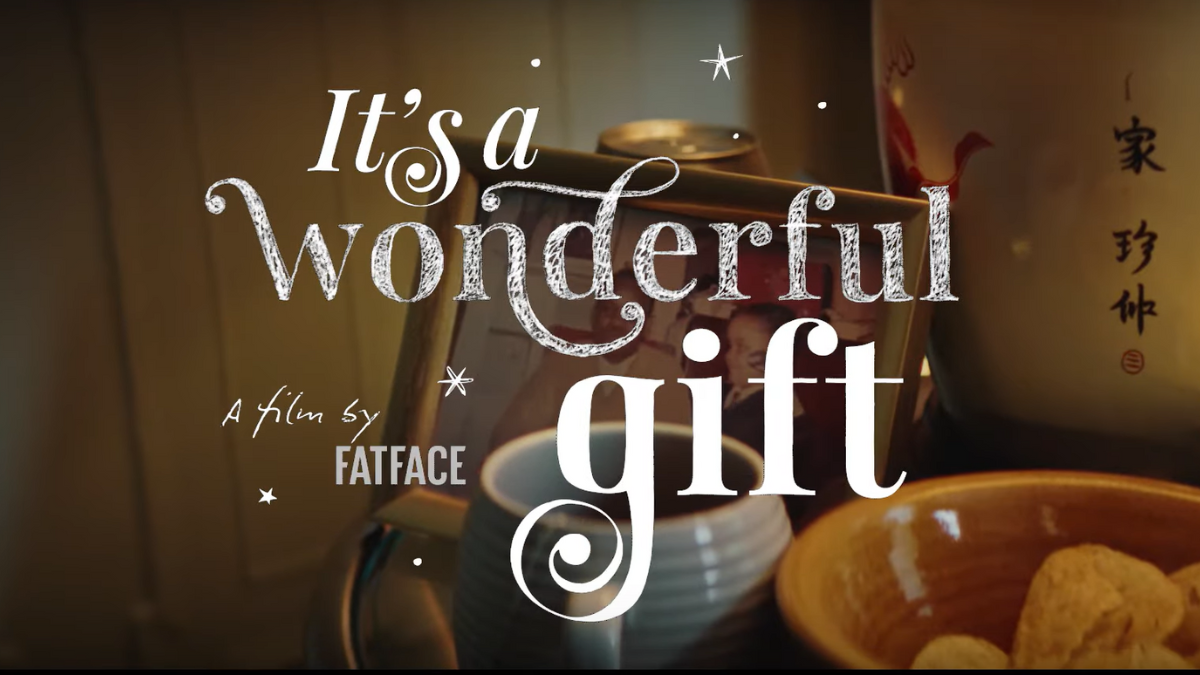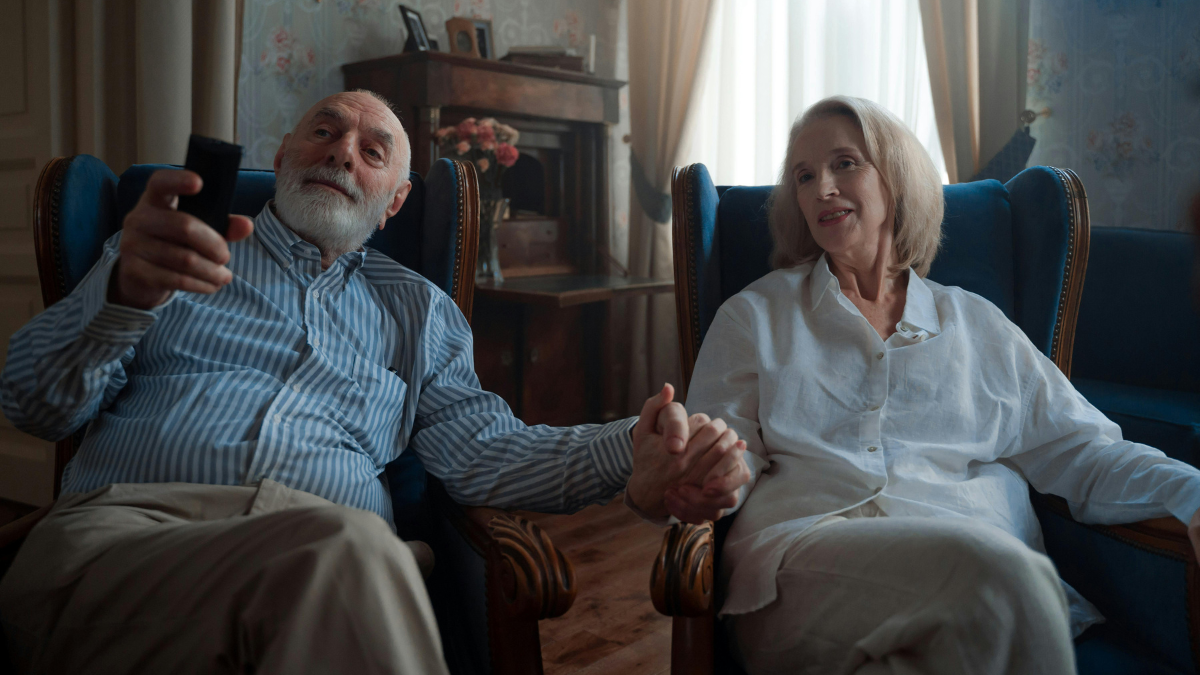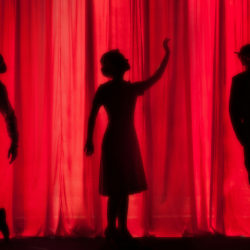There’s a new ad for Brazil’s coverage of the Olympics that uses a slowed-down version of Eye of the Tiger, using a breathy female vocal. In 2009 that would have been revolutionary, but in the intervening years, we’ve been unable to move for breathy, slowed-down versions of popular older rock songs. John Lewis kicked it all off with the Taken By Trees version of Sweet Child O’ Mine, and at that point, it really stood out. We hadn’t really heard that kind of reinterpretation of hard rock before, so it was a gentle breath of fresh air. But it was soon followed by breathy, slowed-down versions of Can’t Fight This Feeling, Somewhere Only We Know, and All The Small Things, among many others.
When we heard each subsequent one, the ‘wow’ factor was diminished. In fact, they’re now getting a little annoying. What used to be unfamiliar is now cliched and trite, making these musical choices a perfect illustration of the need to be different.
Returning to John Lewis, that campaign also kicked off the ‘Christmas Ad Season’ in the UK, when dozens of other brands suddenly decided that a heart-rending 60-second story was the only way in which they could possibly communicate their ability to sell brussels sprouts. But when everyone is making long, emotional ads for basically the same thing, how do you distinguish one from another? The first copycat will be OK, but the tenth will be a dreary disappointment.
This is because the human need for novelty is fundamental
From an evolutionary perspective, seeking out new environments and experiences could lead to discovering new resources, such as food and shelter, while processing novelty promotes learning and adaptation, allowing us to better respond to changing environments and challenges.
New friends can help us discover new experiences; new experiences trigger the release of dopamine; and new learning helps us grow and develop, adding further abilities that can prepare us for unfamiliar situations.
We’re constantly on the hunt for something different, and when we find it, the experience is more memorable. It hits harder, and we’re more likely to share it with others. So if that’s true, why isn’t everyone trying to do it? Why are so many people creating ads that look like ads, allowing them to disappear into a sea of sameness?
That comes down to the flip side of the need for novelty: comfort in the familiar. It’s another positive feeling, also rooted in evolution: predictability is less dangerous; processing familiarity requires less cognitive labour; and repeating accepted, known behaviour is more likely to result in group cohesion.
The ways in which we balance the new and the familiar is where art lies
We can claim that novelty is a necessity, but nothing is truly original, so we can only provide remixes of what is already known. In fact, those tedious soundtracks are a perfect example of the known and the unknown: everyone can hum the very famous Sweet Child O’ Mine, but changing the pace and the singer forces us to reappraise it, creating a fresh emotional response. We hear the words from a new angle, and receive that hit of dopamine. It’s the familiarity that allows for the originality.
Fearless Girl re-contextualised the way in which we experience the very familiar genre of public statues. Lost Class created a dark twist on the familiar world of graduation speeches. This year’s big award winner, WoMen’s football, only works because we’ve been lulled into the familiar world of watching men’s football highlights.
So it’s not so much difference that we need. It’s a mixture of the new and the old, fresh and familiar, original and the same. That’s actually one of the keys to selling unusual ads: they’re always going to exist in a context of the usual, so start there, then add the twist.
Different is all well and good; in fact it’s essential. But what’s also essential is its absence.
Featured image: Edward Eyer / Pexels


